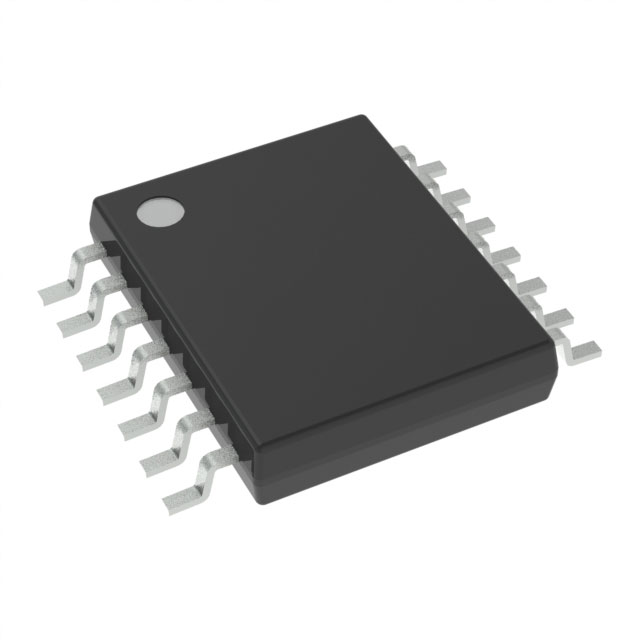

Texas Instruments
LM2902PWR
OP Amps, Buffer Amps ICs




.png?x-oss-process=image/format,webp/resize,p_30)


LM2902PWR Description
LM2902PWR Description
The LM2902PWR from Texas Instruments is a general-purpose quad operational amplifier designed for a wide range of analog applications. Packaged in a 14-pin TSSOP and available in Tape & Reel (TR), this surface-mount IC is RoHS3 compliant and REACH unaffected, ensuring environmental and regulatory compliance. It operates over a broad supply voltage range (3V to 26V), making it versatile for both low-voltage and industrial-level designs. With four independent op-amps in a single package, it offers space and cost efficiency for multi-channel systems.
LM2902PWR Features
- Low Power Consumption: Only 1.4mA per channel (total 5.6mA for all four), ideal for battery-operated devices.
- High Input Impedance: 20nA input bias current minimizes loading effects on signal sources.
- Moderate Bandwidth: 1.2MHz gain bandwidth product and 0.5V/µs slew rate suit DC amplification and low-frequency signal conditioning.
- Robust Output Drive: 30mA output current per channel enables direct driving of LEDs, relays, or small loads.
- Wide Supply Range: 3V–26V operation supports diverse power environments, from portable electronics to automotive systems.
- Low Offset Voltage: 3mV max ensures accuracy in precision applications like sensor interfaces.
LM2902PWR Applications
- Signal Conditioning: Ideal for filtering, buffering, or amplifying sensor outputs (e.g., thermocouples, strain gauges).
- Power Management: Used in voltage regulators, current monitors, and battery management systems due to its wide supply range.
- Industrial Controls: Reliable in motor control circuits, PLCs, and instrumentation amplifiers.
- Consumer Electronics: Audio preamps, LED drivers, and low-power signal processing in portable devices.
- Automotive Systems: Suitable for non-critical ECUs, lighting controls, and sensor interfaces owing to its rugged design.
Conclusion of LM2902PWR
The LM2902PWR stands out as a cost-effective, versatile quad op-amp for general-purpose analog design. Its low power consumption, wide voltage range, and compact form factor make it a preferred choice for space-constrained or power-sensitive applications. While not suited for high-speed (MHz+) or ultra-precision (µV offset) tasks, it excels in DC-coupled systems, industrial environments, and multi-channel designs. Engineers value its reliability, ease of integration, and compliance with modern environmental standards, ensuring longevity in diverse electronic systems.
Tech Specifications
LM2902PWR Documents
Download datasheets and manufacturer documentation for LM2902PWR
 LM124,224,324,2902
LM124,224,324,2902  Symbolization Update 28/Nov/2022
Symbolization Update 28/Nov/2022  LM124,224,324,2902
LM124,224,324,2902  Design 22/Feb/2022 LMx24, LM2902, LM324 16/Jun/2022
Design 22/Feb/2022 LMx24, LM2902, LM324 16/Jun/2022 Shopping Guide



























.png?x-oss-process=image/format,webp/resize,h_32)










